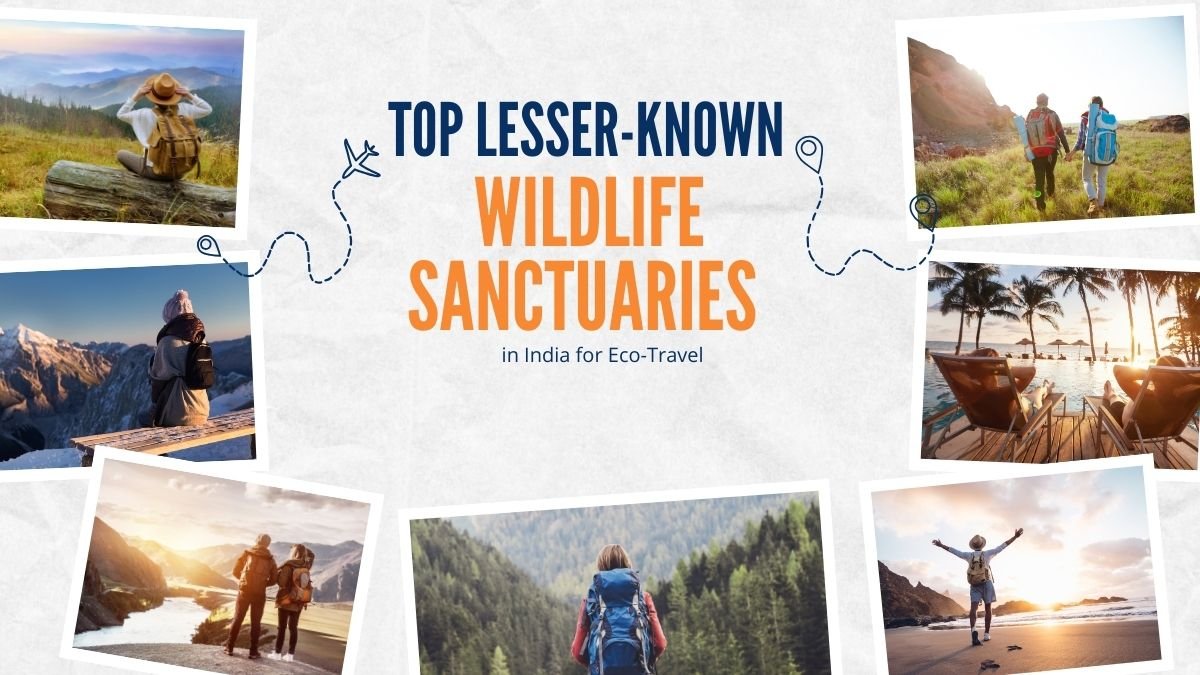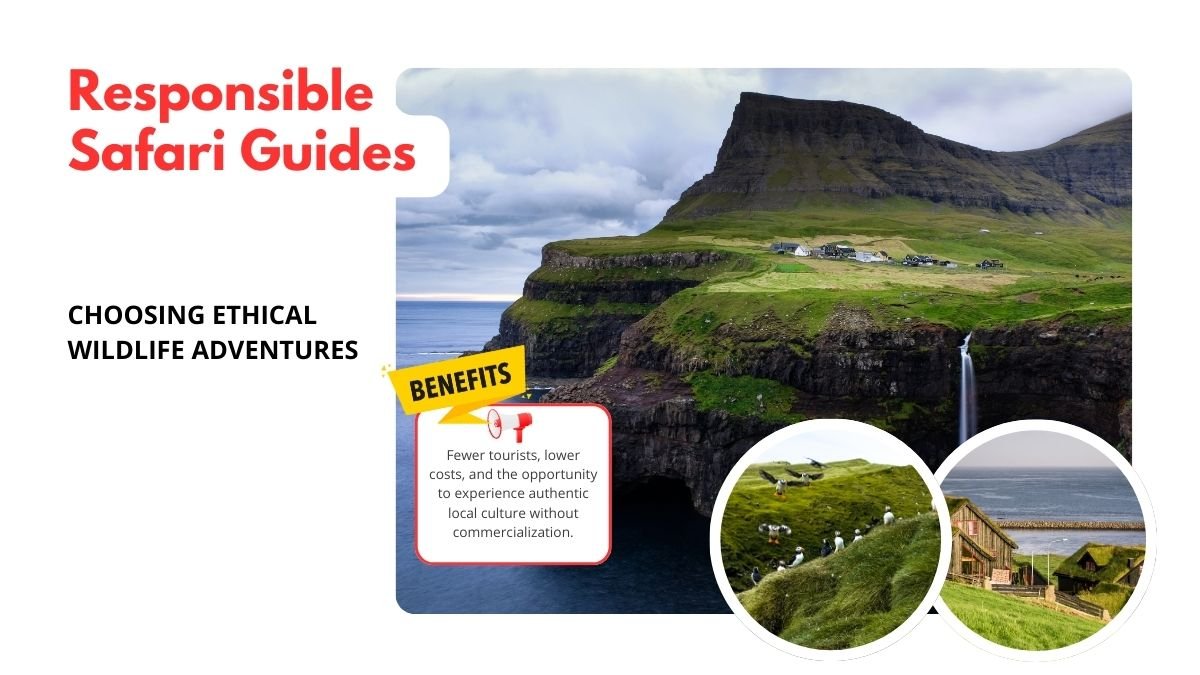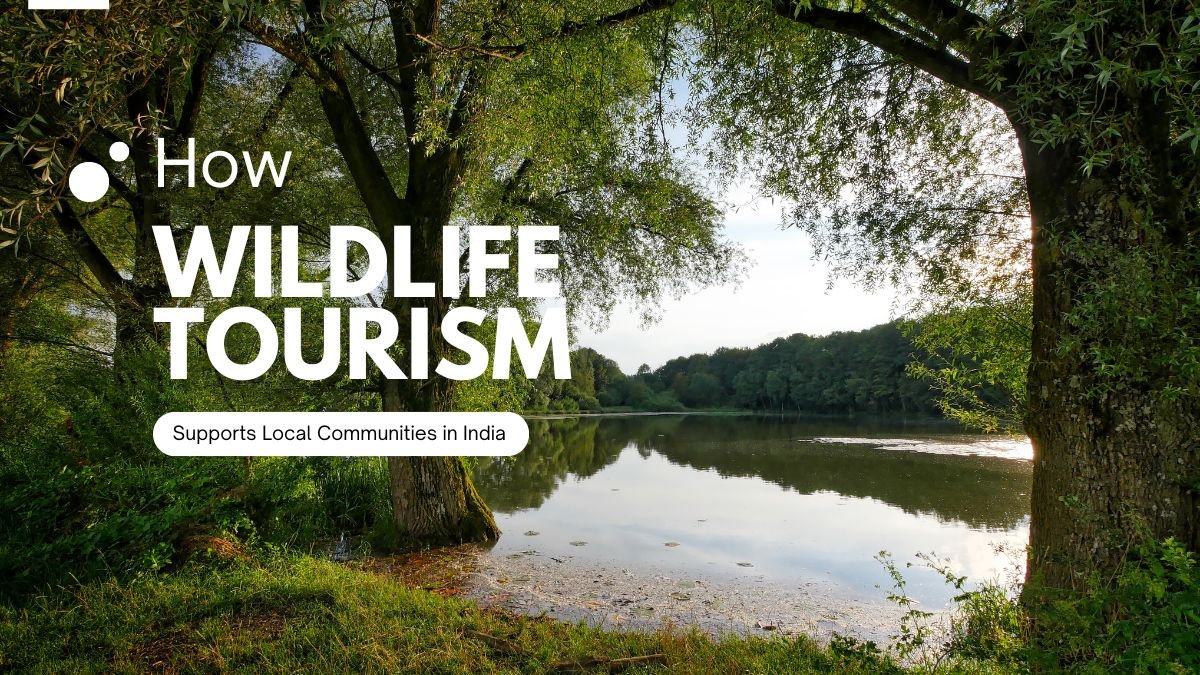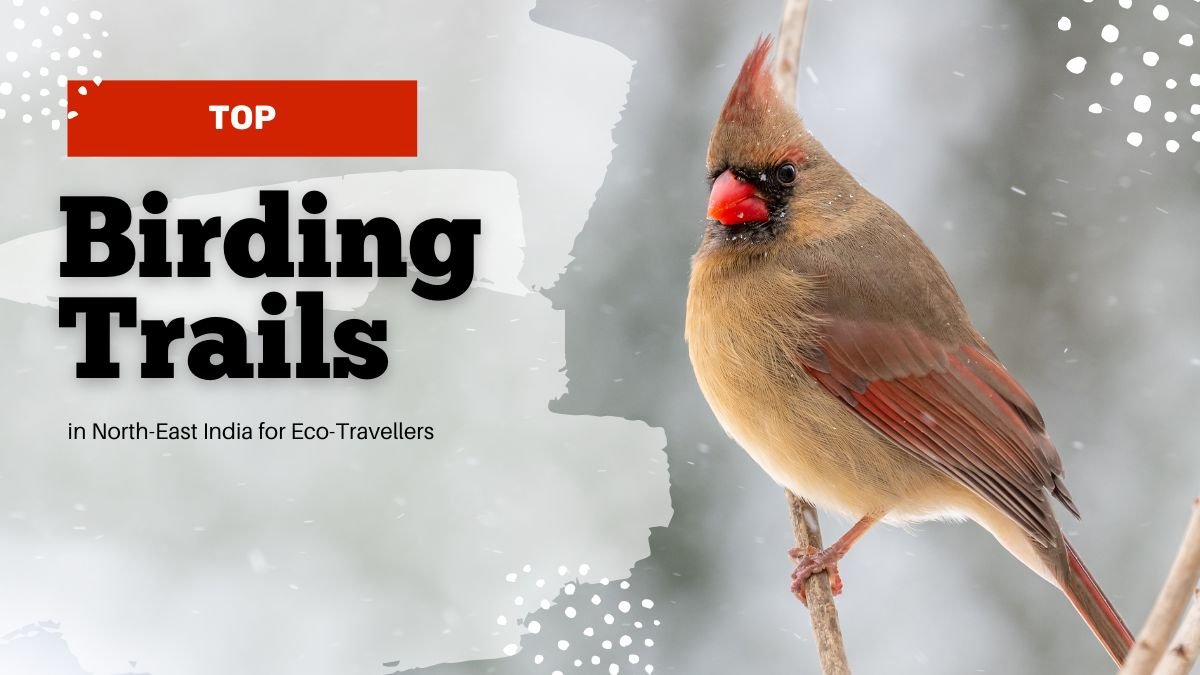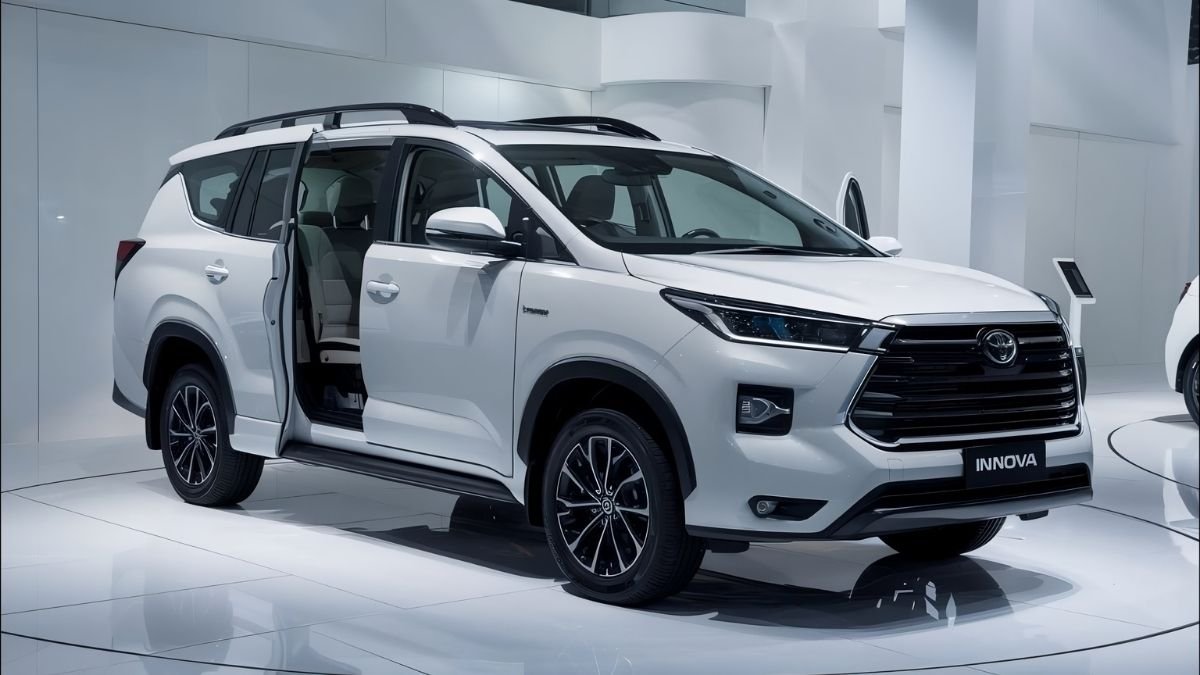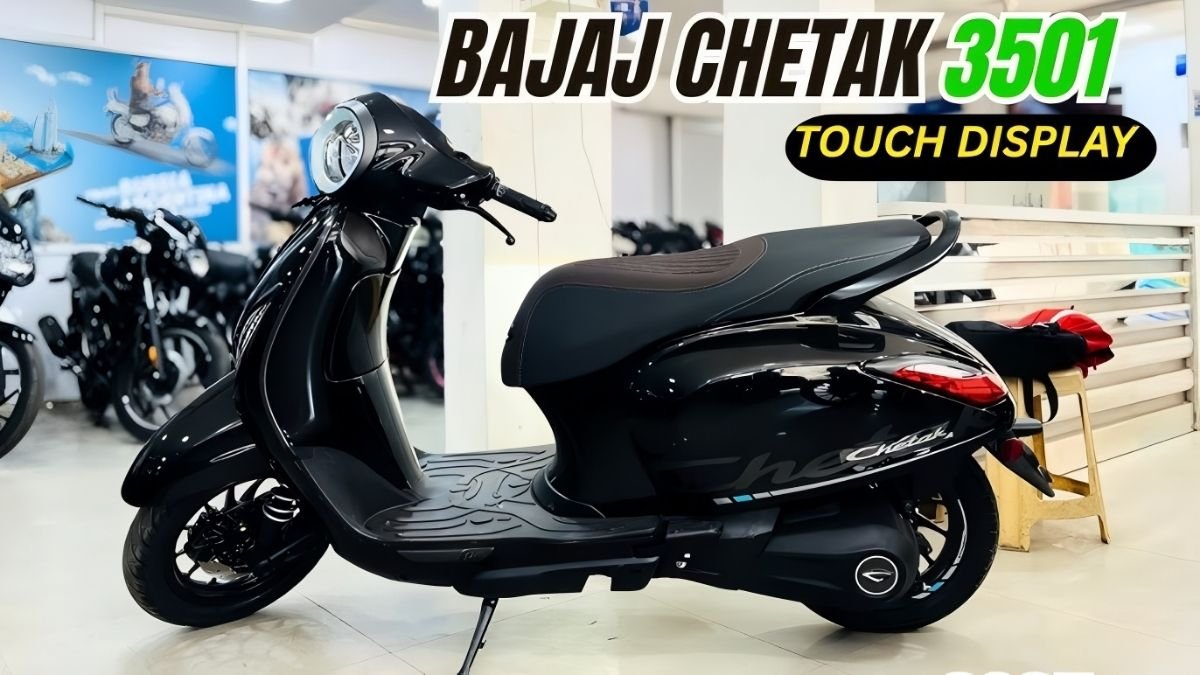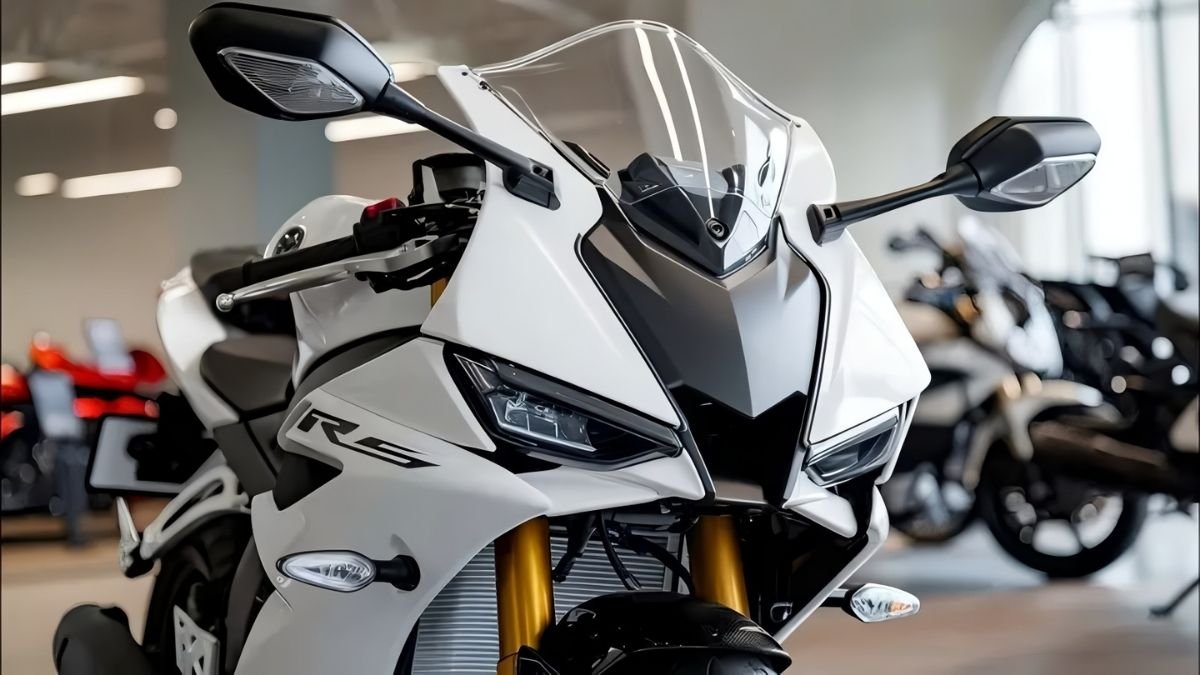Wildlife Photography in India: Meeting, Getting, and Going Places
Wildlife is undoubtedly thrilling to photograph. The tension mounts when a lion or tiger stares back through your camera lens. The early hours when a herd of elephants crossed the river while engulfed in mist shall remain ever memorable. That is an introduction to the joy of wildlife photography.
India, quite a green country, has a lot of nature and wildlife. Wildlife photography in India, be it river, forest, hills, or desert, is an endless pursuit from any consideration. However, along with the camera, one has to be prepared by selecting appropriate equipment and right locations.
Now, let’s get into the nitty-gritty of where to do wildlife photography in India, packing, and considerations.
Best Places for Wildlife Photography in India
Scattered throughout India are national parks and sanctuaries, with each having its own specialties. Some parks may afford glimpses of a tiger, while others may entertain one with rhinos or even lions.
- Rajasthan Ranthambore National ParkFor stunning tiger pictures, Ranthambore is the place to be. Its tigers are known and admired far and wide for their beauty and behavior. Ancient forts and lakes surround the park and make excellent backgrounds for pictures. Many photographers claim that these tigers are indifferent to the camera and are often found pretty close.
- Madhya Pradesh Bandhavgarh National ParkAmong the tiger densities this is where the tiger density is said to be the highest. So, with a dash of good luck, one may just see some tigers upon one single safari. Apart, there are leopards, bears, and a large number of birds in the area. A precious site for photography.
- Kaziranga National Park, AssamThere can be no better place than Kaziranga for Indian rhinoceros photography. Their large numbers and easy sightings take place on the expansive grasslands. It also houses elephants, buffaloes, and a few extremely rare wetland birds. The morning mist over the greenery makes an exquisite photographic setting.
- Jim Corbett National Park, UttarakhandThe first national park in India is also the richest in terms of biodiversity. Besides, it also provides an excellent chance to sight and capture elephants and tigers, deer, gharials, crocodiles, and hundreds of bird species! If diversity is what you are after, Corbett is a good option.
- Pench National Park, Madhya PradeshThis park is famous for sightings of tiger and leopard. But along with that, it has such a diversity of avifauna that it becomes a paradise for bird lovers. Pench is also said to have served as an inspiration for the story of “Jungle Book”.
- Kanha National Park, Madhya PradeshThe main attractions here are Barasingha and the Royal Bengal Tiger. The open grassland and mixed Sal forests of Kanha shed an absolute treat for light and angles for photography.
- Gir National Park, GujaratIf you want shot one Asiatic lion, Gir is the only place on the entire earth where this can be done. Also, here, the lion can be accompanied by jackals, hyenas, and multitudinous birds.
What To Carry For Wildlife Photography
Photography is fun only if you evolve with the right equipment. Here is an extensive must-have with importance for each item.
Clothing
- Plain and neutral-colored clothes: Colors like olive, khaki, brown, or grey. These colors will not scare the animals and can easily be blended into the environment.
- Light and long-sleeved garments: One from the sun’s rays and mosquitoes.
- Warm Clothing: A rather chilly early morning safari means one would need a light fleece or down jacket.
- Rain gear: A rain jacket or poncho will always be useful just in case there is an unexpected rainy day or a sudden change in the weather.
- Sun Protection: A broad-brim hat and spectacles are to be used when the safari vehicles are directly exposed to sunlight.
Photography gears
- Camera and lens: A super telephoto lens of 400mm or above will benefit in capturing photos from distant places.
- Batteries and memory cards galore: There are no charging facilities in the jungle, and you might end up taking hundreds of photos in a single day, so make sure to stock up on extra storage and batteries.
- Tripods or beanbags: Found it quite difficult to stabilize the camera while sitting inside a safari jeep; a beanbag would be the ideal option in that case.
- Camera bag: A heavy-duty bag that works for insulation of camera from dust and shock.
Health and Personal Things
- Mosquito and insect repellent spray: The ones that annoy the most.
- Sunscreen and lip balm: This is a must-have on summer or sunny days.
- First aid kit: This is really important for minor injuries or headaches.
- Personal medications: Take any medicines that you may be on along with the prescription.
- Hand sanitizer and wipes: Extremely useful, especially since there are lesser sanitation facilities being provided in the jungle.
- Refillable water bottle: Either way, use it to avoid plastics and to keep one hydrated.
Other Essentials
- Field guide: For identifying animals and birds in the locality.
- Binoculars: To have a look at the animals from great distance before the picture is clicked.
- Eco-friendly bag: Cloth or jute bag to put away small items in.
- Important papers: Identification card, safari permit, and hotel booking slip.
A Few Notable Tips for Wildlife Photography
- Patience- Waiting for animals in the wild is the best part of photography; sometimes you have to sit for hours.
- Do not get too close to the animals- It may be dangerous and uncomfortable for them. The lens camera must be kept at a distance.
- Very fast it fills.
- Animals are gone easily when you make loud noises. Just speak softly and try to avoid other unnecessary sounds.
- It is the time when morning and evening arrive: the lights are good during these hours, and so are the animal activity levels.
- Be nice to nature secretly-don’t litter, don’t disturb plants, and adhere to your guide’s orders.
What is different about wildlife photography in India?
This charm comes from the oddity of diversity found here. The same land is home to the Himalayan snow leopards, the desert fox of Rajasthan, the lion of Gujarat, the greater one-horned rhinoceros of Assam, and the tiger of Madhya Pradesh. Yes, this must rank among the richest and most diverse wildlife present in any country.
And wildlife photography in India is also conservation, in almost equal measure, to save nature, adventure, and thrills. When people see nice pictures, they realize those animals and forests need help. Your picture might inspire one more person to take on these forests’ conservation cause.
Conclusion
Wildlife photography in India is a once-in-a-lifetime experience. It does not just entail clicking pictures; it revolves around experiencing nature itself. Equipped with the right attitude and accessory, wildlife photography may spell great pictures and the building of fantastic memories.
So when the next safari trip comes calling, make sure that patience and duty accompany you instead of just packing your camera bag.



